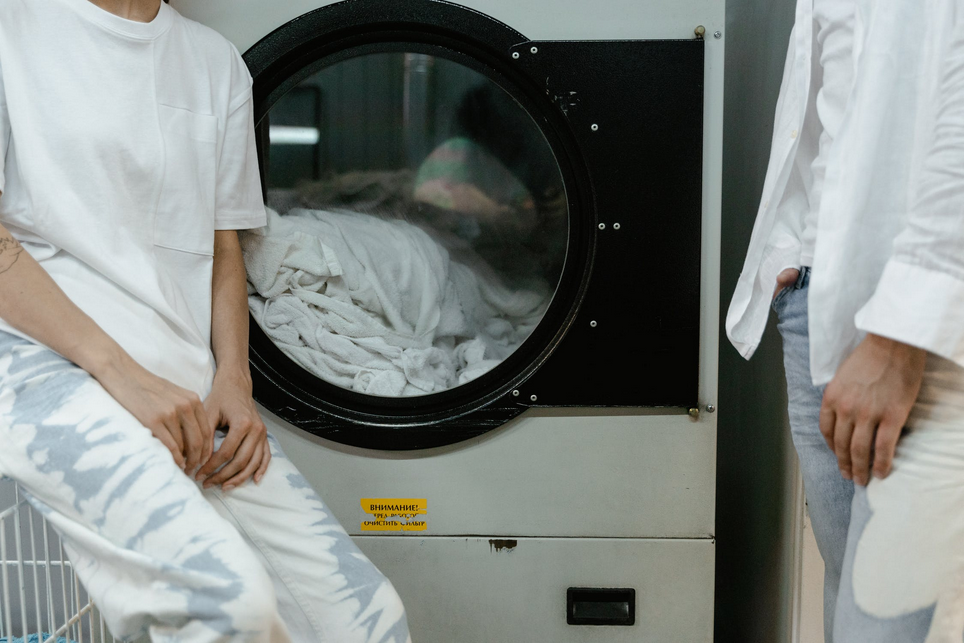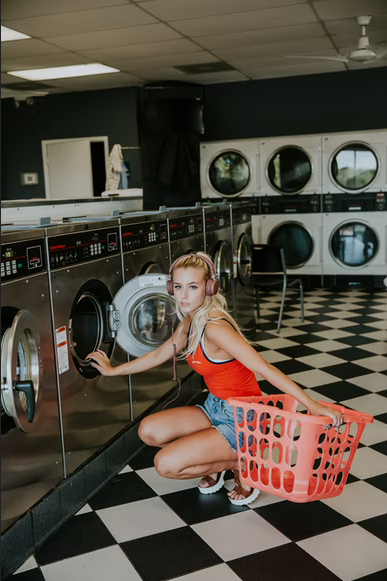Cleaning is the systematic process of removing contaminants, including dirt, infectious elements, and other potentially harmful materials, from an environmental object or location. Cleaning takes place in a variety of contexts and makes use of a variety of techniques. Many occupations that involve the use of chemicals are necessarily engaged in by those working in the cleaning industry. Cleaning is not a single act but involves the systematic application of various chemical processes to a wide range of locations and items, with specific instructions for their use and management. In this context, cleaning refers to a series of actions that are aimed at the production of pristine conditions at the work site or in an environmental project.
Cleaning industry:
One of the most common practices in the cleaning industry involves the use of protective coatings on steel and concrete slabs to prevent corrosion. These coatings also serve to protect the underlying surfaces from damage, as well as to prevent the formation of stains on the surface of the slab. Protective coatings for concrete slabs come in different types, with the most popular types being polyethylene (PE), polyurethane (PU) and zinc (Zn). Certain cleaners kill bacteria by coating the surfaces with oils, which in turn attracts the attention of the microorganisms, killing them. Such techniques as hot water extraction, steam cleaning and chemical treatment of surfaces are used to destroy microorganisms and restore surfaces to their original condition.
Use of Detergents:
The use of detergents to remove dirt from surfaces is a more common practice than was once the case. When detergents are used in their pure form, they can produce undesirable odors because of the extremely high water content of the solution, which tends to linger on surfaces after the cleaning is complete. However, most detergents have an additive that adds certain bactericidal properties to the liquid, as well as certain oxidizing or deodorizing qualities. This additive is generally a colorless or pale colored substance, which reacts with the grease and dirt to form a harmless substance that usually lasts for about twenty-four hours before becoming inert. Deodorizers should be used in advance of washing so that the fabric can retain its original finish.
Disinfecting is a technique that kills or sterilizes germs and infectious agents from surface surfaces through the means of UV light, using highly reactive chemicals, or other methods. Germs usually thrive on moist conditions, so disinfecting is important if you want to keep your staff safe. Common disinfectants used for disinfecting include chlorine, bromine, fluoroform and other chemicals. However, these chemicals tend to bleach surfaces and can actually discolor or render the cleaned item useless when used to reassemble a part.
Removing unwanted or dirty stains is one of the most common uses for dry cleaning equipment. The term can apply to any piece that needs to be cleaned, including clothes, furniture, bin liners, seat covers, window sills, shelves, etc. The stains can range from coffee grounds to mud and dirt, so it is necessary to have specialized cleaners that target particular stains. Some of the most common stains are food, grease, smoke, pet stains, urine, dirt, bird droppings, etc.
In addition to these, there are many other types of cleaning techniques that make it possible to get great results in almost any place like the office, home, school, warehouse or sports club. You can get your hands dirty and practice your hand/eye coordination, or work in teams to achieve better results. Dry cleaning also has its own advantages, such as energy efficiency, simplicity, low maintenance and cost-effectiveness. As far as hygiene is concerned, dry cleaning has made great strides forward and no longer presents any health hazards.









